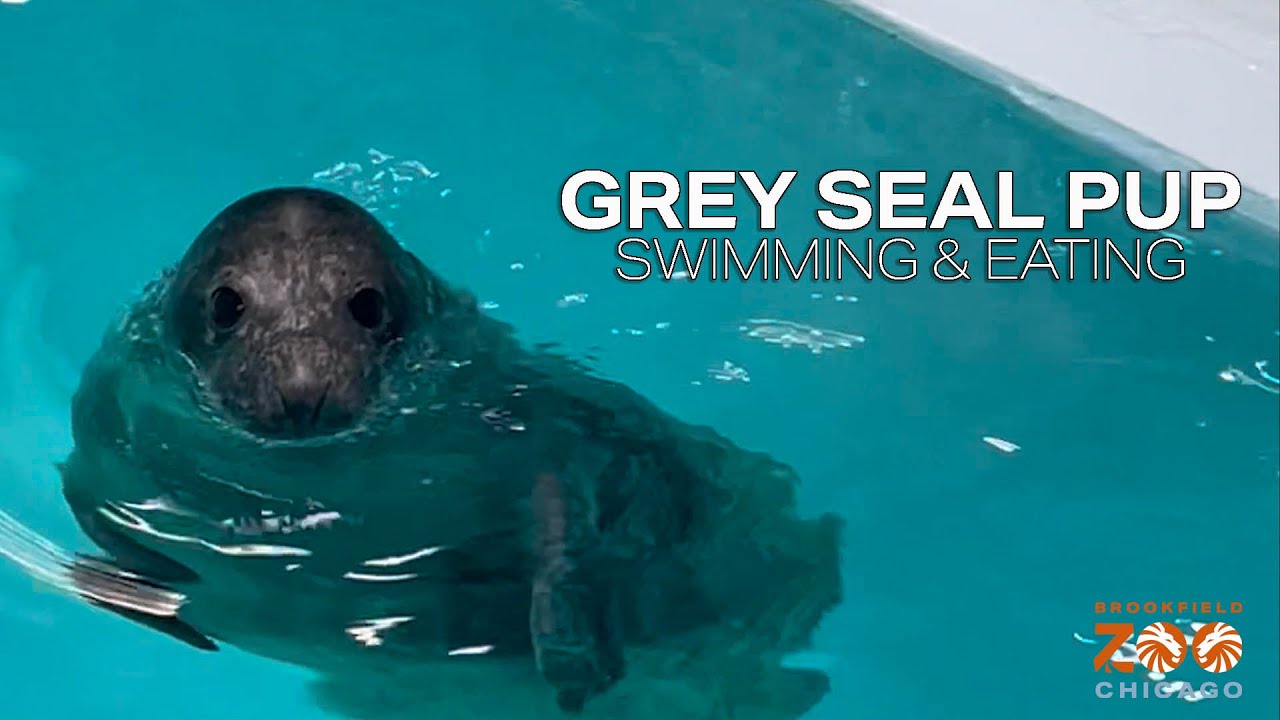– Growth and Developmental Milestones of a Five-Week-Old Grey Seal Pup
– Habitat and Behavior of Grey Seal Pups in the Wild
– The Role of Parental Care and Weaning in Grey Seal Pup Development
– Threats to Grey Seal Pups and the Importance of Conservation Efforts
– Best Practices for Human Interaction and Observational Etiquette with Grey Seal Pups
The Grey Seal pup at five weeks old represents a critical developmental stage for this marine mammal, reflecting a growth journey filled with biological and behavioral transformations. With many individuals drawn to these aquatic creatures’ charm and playful nature, understanding their early life stages proves imperative for their protection and the continuation of their species.
Characterized by significant growth, a five-week-old Grey Seal pup has typically experienced a drastic change in appearance and behavior since birth. These pups are born with a white, velvety fur known as lanugo, which they begin to shed around their third week. By the five-week mark, you’ll notice their sleek, spotted adult fur starts to emerge, indicating that they are nearly ready to brave the ocean’s elements.
Grey Seal pups rely solely on their mother’s rich milk for sustenance in the first few weeks of life, which contains up to 60% fat and enables them to gain significant weight rapidly. At this age, a Grey Seal pup’s weight can increase to around 40-50 kilograms (88-110 pounds), starkly contrasting its birth weight of about 14 kilograms (31 pounds). This rapid growth is essential for survival once they take to the sea, as their fat keeps them warm and serves as a key energy reserve.
Interestingly, while Grey Seal pups at five weeks old are much more robust and agile than in their first days, they have not yet honed their swimming skills. This learning curve is part of their natural progression after their mothers leave them to fend for themselves, a weaning process typically occurring between three and six weeks of age. Post-weaning, the pups fast for several days up to a couple of weeks; during this time, they shed their final lanugo and begin experimenting with swimming and foraging.
The habitat where these pups are raised is crucial to their development and survival. Grey Seal pups are primarily found on isolated beaches, rocky shores, or sandbanks across the North Atlantic. These environments provide a semblance of safety from predators and human interference during their most vulnerable period, although risks always loom. The social structure is also crucial with Grey Seals, as maternal bonds are strong during nursing but dissipate soon after weaning, pushing pups toward self-sufficiency.
Parental care is essential for the Grey Seal pup; the mother invests energy into her offspring to maximize its chances of survival. Weaning is a harsh transition, yet a necessary adaptive strategy for these marine mammals. Once the mother departs, the Grey Seal pup must quickly master the skills to navigate its marine environment.
Grey Seal pups face various threats as they develop, ranging from predation by large sharks and killer whales to human-caused dangers such as marine pollution, fishing net entanglement, and habitat disturbance. It’s critical for wildlife conservation efforts to address these threats through legal protections, marine conservation zones, and public education about preserving these enchanting creatures.
Moreover, the surge of eco-tourism and public interest in marine wildlife has necessitated clear guidelines for human interaction with Grey Seal pups. Observers should maintain a respectful distance, avoiding the temptation to touch or feed the animals. Disturbing a Grey Seal pup not only causes undue stress to the animal but can also inadvertently lead to abandonment by the mother or imprinting — behaviors that can jeopardize the pup’s ability to thrive in the wild.
The fascinating early days of a Grey Seal pup reveal the primal instinct for survival and adaptation in the marine world. At five weeks old, these pups stand on the brink of independence; their continued growth and preservation are testimonies to the complex balance of nature’s marine ecosystems. Observing these animals with respect and distance supports their survival. It paves the way for continued ecological research and conservation strategies that benefit the species and the health of marine environments worldwide. As we enhance our understanding and commitment to these creatures, we amplify the chorus of advocates championing the Earth’s precious and diverse wildlife.
*****
Source Description
We’re celebrating #InternationalDayOfTheSeal with our grey seal pup, who recently turned five weeks old. Now that he has weaned from his mother, he’s begun a diet of different fish, including Atlantic herring and capelin. He’s also improving his swimming skills each day and graduated to a deeper training pool!

